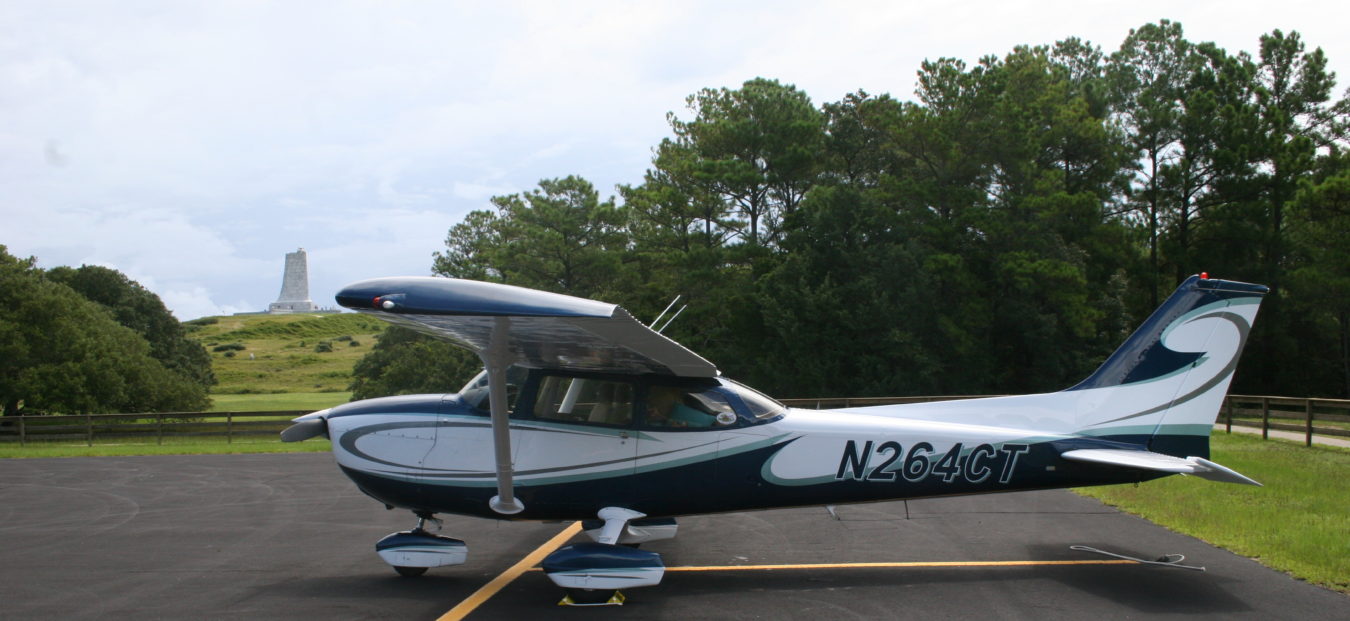Let me tell you the coolest thing I have ever encountered having Roger as an instructor. This afternoon I was doing stalls. Roger was giving a PIREP very calmly while he was talking me through the stalls. (A pilot report or PIREP is a report of actual weather conditions encountered by an aircraft in flight. So other pilots can know what’s going on if they are going through that area.) He is as cool as Ice, Ice, Baby!
It was hard to be nervous when you have someone like him sitting right next to you. All I could do was marvel at his extreme calmness!!
After watching in utter disbelief, stalls were nothing by comparison. But, they were fun. He always makes lessons so much fun! Yesterday I was doing Power-on stalls (or departure stalls). Today he taught me Power-off stalls (or arrival stalls). Power-on stalls are practiced to simulate takeoffs and climb-out conditions and configurations. Power-off stalls are practiced to simulate normal approach-to-landing conditions and configurations.) He also taught me turning stalls.
For each one you are pulling the yoke back gently and continue to do that, while firmly holding the right rudder down (to keep the plane from turning left due to P-factor). When the airspeed slows down to practically nothing, the plane stalls. What that means is you’re looking straight down at the ground, the nose is down and the plane is descending rapidly. (Just try imagining that for a moment or two.) At this point, you do something that sounds counter-intuitive, you release the pressure by pushing in the yoke. (Remember pushing the yoke in: bigger houses; pull the yoke back: smaller houses.) Now mind you, we had a chat in the plane right before takeoff talking through the procedures I had done yesterday. Yet, the first time I did it today, I still instinctively pulled back on the yoke instead of pushing in the yoke to release the pressure. BUT, I did get the hang of it. I got a few “good”. I’ll take that!
The turn stalls to me were a bit trickier. But once again he explained it all in great detail so I got it. Considering that the most common accidental stall happens during the base-to-final turn, the training was crucial.
I have read over and over on the internet how scary stalls are and how people quit flying when they did them. All I can say is that they didn’t have Roger teaching them, unfortunately. I think he took some of the stress out of it by having me go around the beloved flagpole today (in windy conditions) then I did s-turns over the interstate, before ascending to 4500 feet to practice the stalls.
When we landed, I felt like I was walking on air I was so, so happy. To say that I admire my instructor is a huge understatement. He seems superhuman to me now. He is solid gold!
Today is the best day ever! (I know; I think that about each flight.)
(Notice: he still took pictures!)
Extreme stall angles:





